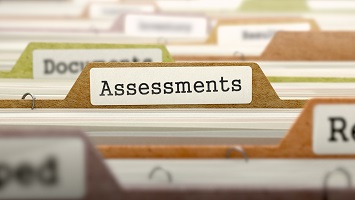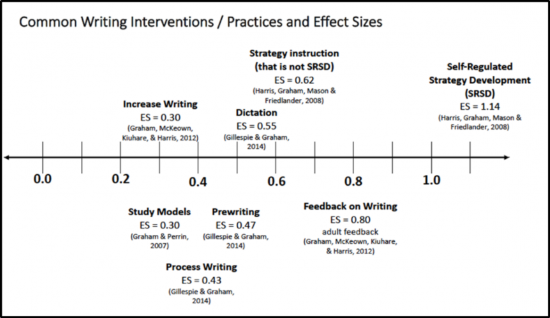This Bright Spot comes from Stacy Fertile, a Special Education self-contained classroom teacher in Mount Vernon where Denise Jaffe, SESIS, provided professional development support in Explicit Direct Instruction (EDI).
What were student able to achieve?
Ms. Fertile states: “According to the I-Ready diagnostic reading test, 11/12 of my students significantly increased their scores from September to June. The point increase was as high as 53 points, and four students jumped from a Level 1 to a Level 2 in reading! My students were not only successful academically, but made gains behaviorally and socially as well.”
What practices or systems made this possible?
“Using EDI strategies, I model, explain, repeat, and check for understanding constantly in each lesson I teach. Perhaps most effective is the feedback that I provide them on answers. I do not just say ‘correct’, or ‘sorry, that’s incorrect’, I strive to help my students understand why an answer is correct or incorrect, which informs them while also engaging them in higher level thinking. I also organize my class for small-group instruction. Working with three or four students at a time allows me to differentiate based on their individual needs. Between the EDI and small-group instruction, my students have been extremely successful in learning, thinking, and increasing their skills this year.


 Data-Driven Decision-Making
Data-Driven Decision-Making  Increasing Post-School Success through Interagency Collaboration
Increasing Post-School Success through Interagency Collaboration  How Can We Improve Deeper Learning for Students with Disabilities?
How Can We Improve Deeper Learning for Students with Disabilities?  Positive Classroom Management: Creating an Environment for Learning
Positive Classroom Management: Creating an Environment for Learning  Self-Determination Skills Empower Students of All Ages
Self-Determination Skills Empower Students of All Ages  Fidelity of Implementation: What is it and Why does it Matter?
Fidelity of Implementation: What is it and Why does it Matter?  Rethinking Classroom Assessment
Rethinking Classroom Assessment  A Three-Step Approach to Identifying Developmentally Appropriate Practices
A Three-Step Approach to Identifying Developmentally Appropriate Practices  Transforming Evidence-Based Practices into Usable Innovations: A Case Study with SRSD
Transforming Evidence-Based Practices into Usable Innovations: A Case Study with SRSD